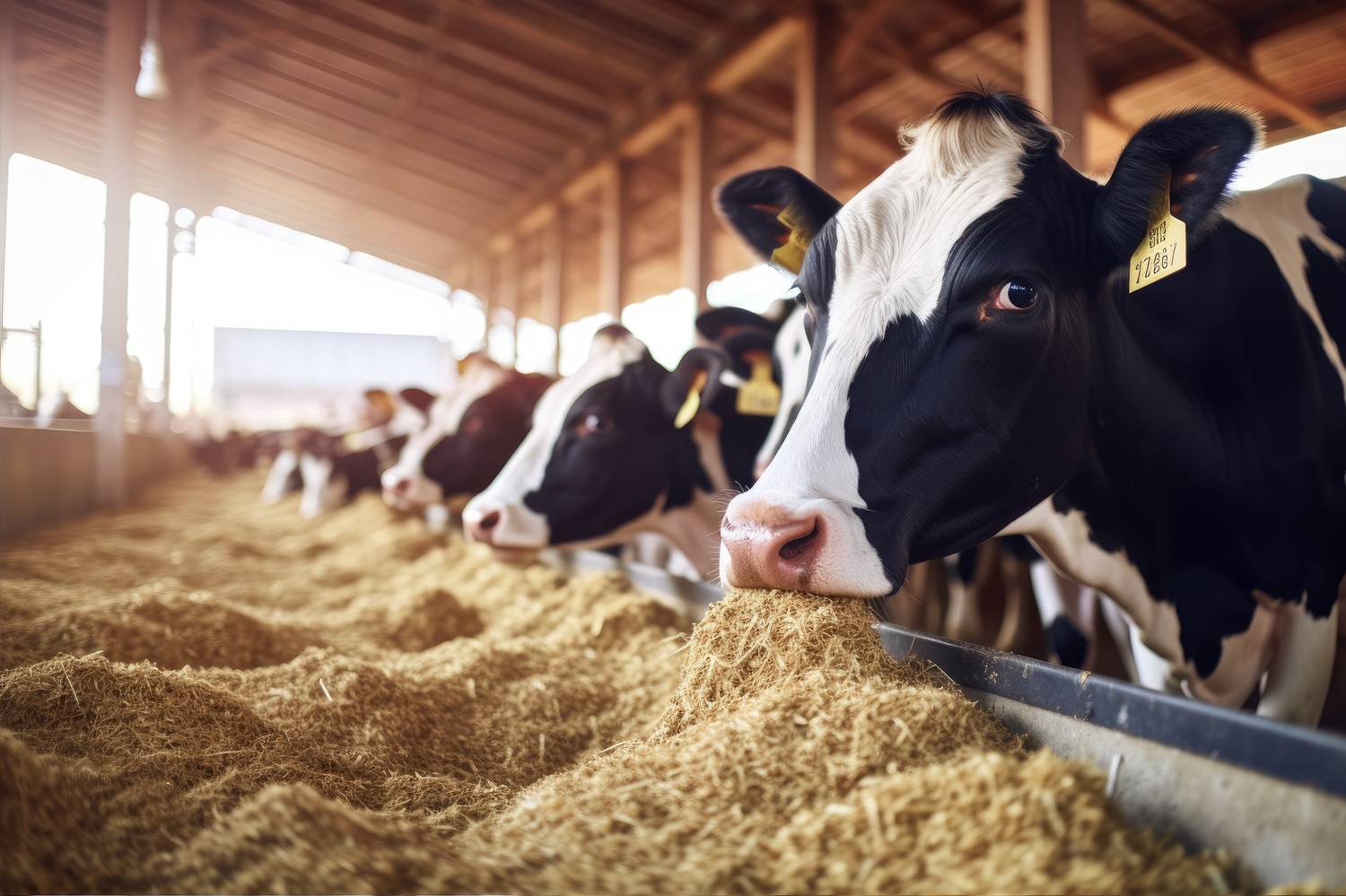NEW
GreenFeed, NEIKER’s new infrastructure to contribute to the decarbonisation of livestock farmin
24 November 2023- This device is added to other complementary equipment such as incubation in bottles, a rumen simulator (Rusitec) and recently installed breathing chambers that allow NEIKER to investigate the improvement of feed and production efficiency.
- The European Union has established the improvement of feed efficiency as one of the main lines of action to mitigate methane emissions.
Methane emissions in the Basque Country accounted for 6% of total greenhouse gas emissions in 2021, according to IHOBE, the Public Environmental Management Company. This gas, largely but not exclusively generated during the digestive fermentation of ruminants, remains in the atmosphere for much less time than carbon dioxide (CO2), between 10 and 12 years.
However, despite remaining in the atmosphere for less time than CO2, its impact in terms of global warming is 28 times greater than that of CO2. Therefore, the design of strategies that contribute to the decarbonisation of livestock farming has become a priority on the international agenda to mitigate the effects of climate change.
In this line, the European Union (EU) has established improved feed efficiency as one of the main lines of action to mitigate methane emissions. At the same time, the livestock farming sector is studying how to genetically improve animals and their diets in order to reduce these emissions.
For all these reasons, NEIKER is working on the development of technological solutions to contribute to the decarbonisation of livestock farming, focusing on three levers of action. Firstly, it contributes to improving the efficiency of ruminant feed through innovation in the formulation of their diets, as well as through the use of additives that significantly reduce methane from rumen fermentation, the first of the four cavities that make up the stomach of ruminants.
It also works with industry to select animals (cattle or sheep) that are genetically more efficient and therefore emit less. Finally, it assesses the introduction of changes in management, not only to improve animal welfare or productivity, but also to increase the carbon sequestered in the soil, for example through improvements in grazing management as proposed by regenerative agriculture.
In order to develop these lines of action, it has been necessary to acquire different equipment and facilities that allow precise measurements to be taken and to check whether feeding, genetic selection and management are bearing fruit.
Diet monitoring
To work on these issues, NEIKER has just acquired GreenFeed equipment, a device that measures the enteric methane emitted by cows, whether they are housed or grazing.
“It is a mobile device designed to calculate daily methane and CO2 production on an individual basis. It can be transported to the cattle farms with which we collaborate in various projects and is the only equipment of these characteristics available on the Cantabrian coast specifically for cattle“, explains Roberto Ruiz, head of NEIKER’s Animal Production department.
With the acquisition of this device, which is added to other complementary equipment such as incubation in bottles, a rumen simulator (Rusitec) and breathing chambers recently installed, NEIKER’s animal nutrition area has a complete set of tools to carry out exhaustive research into improving feed and production efficiency, as well as to promote the sustainability of ruminant livestock farming.
After various tests, the results obtained by the technology centre in different projects to date corroborate that some of these feed innovations reduce methane emissions by 20-30% in the short term.
On the other hand, although it would take 10 years to achieve a similar level of reduction through genetic selection of ruminants, it would be an improvement with a more permanent impact than feeding (which has a temporary and reversible effect, i.e. if the initial feed is changed, emissions increase again). This is why work is also being done on genetic selection to identify the most efficient animals, which can pass this improvement on to their offspring.



